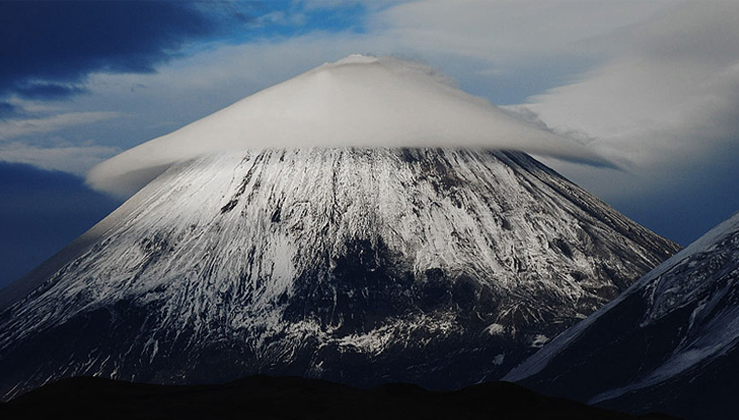Mind-Blowing Cloud Formations You Probably Haven't Seen Before
Various cloud formations might be one of the most beautiful and romantic sights in nature. Still, these masses of liquid droplets is also a complex and scientifically interesting natural phenomenon. The interesting fact is that regardless of the shape and the looks of the cloud, they’re all made of the same thing – condensed water or ice. When the sun heats the ground, warm air starts to evaporate and rise towards the sky. Once these water vapor particles cluster together, a cloud is formed.
If it is being joined by more water crystals and keeps growing, it will eventually reach us on the ground as rain or snow. Otherwise, the clouds simply evaporate into thin air. Even though all the beautiful cloud formations might seem random and indescribable to you, there's a whole cloud classification system that's uniform worldwide. Luke Howard, British manufacturing chemist and an amateur meteorologist, was the first to introduce a nomenclature system for clouds back in 1802. Today clouds are categorized based on their shape, altitude, the process of formation, and other features. Luckily, you don't need to be a meteorologist or a science fan to appreciate the beauty of a cloudy sky. Here's a selection of some stunning cloud photos – we bet that among them you'll find some weir cloud formations that you've never actually seen before. Lenticular clouds are a visible sign of mountain waves in the air. However, these waves can be present beyond the clouds, and may exist even when no clouds are formed. On the ground, they can result in very strong gusty winds in one place, with still air only a few hundred metres away. Pilots of powered aircraft tend to avoid flying near lenticular clouds because of the turbulence that accompany them. Skilled (and brave) glider pilots, on the other hand, like them, because they can tell from the shape of the clouds where the air will be rising.

